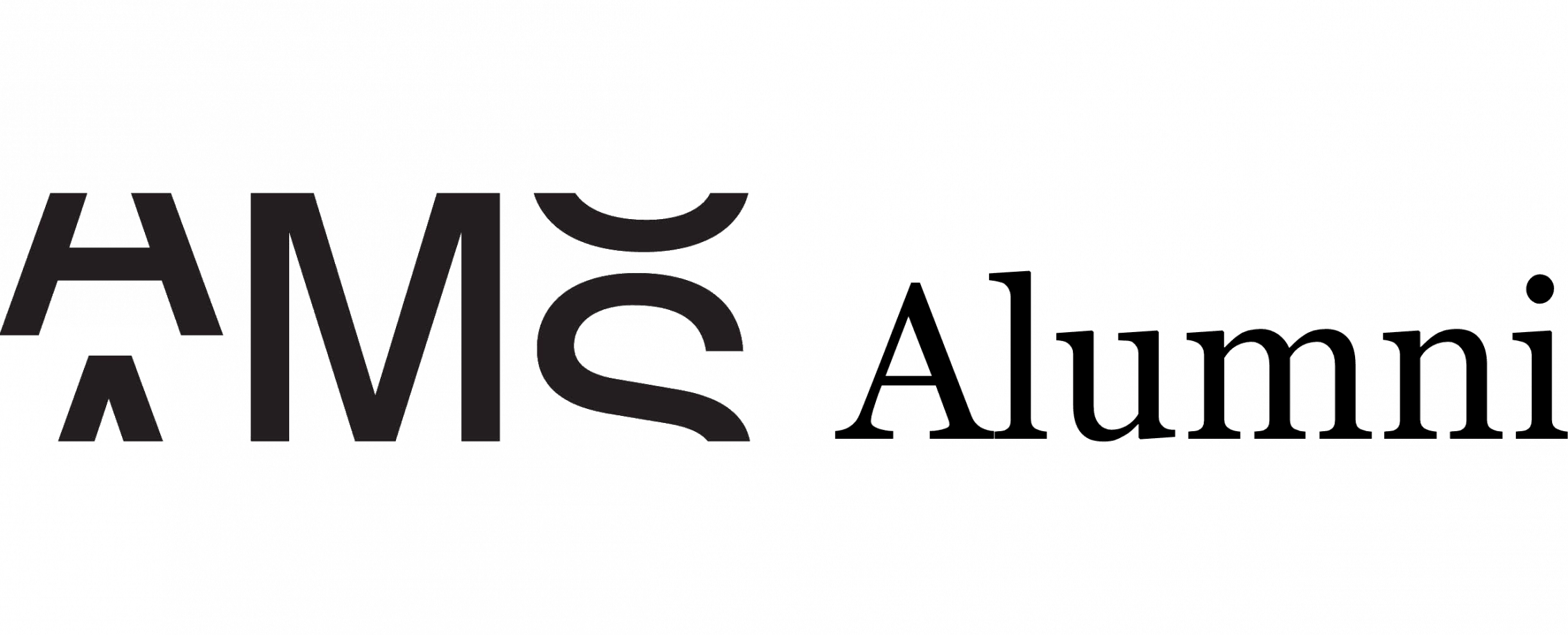Strategic Human Resource Management starts from a good understanding of the business
Entrepreneurs are aware that the knowledge, skills and abilities of their employees are crucial to their business. People make the difference. They are an asset: the human capital of a company. Strategic HRM is the only way to bring people and business together in a coherent and successful way. It requires, on the one hand, a thorough understanding of the business and, on the other hand, insight into the impact of the business strategy on HRM.
The thorough understanding of the business
The first task of the HR manager is to deeply understand the business. The external environment and the internal organisation are crucial data to achieve this insight. A number of tools help to collect and map this information.
The environment in which the business operates influences the organisation. It is definitely important to know in which market is the company evolving? What are the characteristics of the sector? Who are the competitors? What is the profitability of the market ? What trends, opportunities and threats does the company face? During the external analysis, the focus is on the general environment (DESTEP method), the immediate environment (stakeholder analysis) and the market environment.
The way in which work is organised also affects the needs of the workforce. The internal analysis focuses on the company itself and on the strengths and weaknesses of the internal organisation. McKinsey's 7S-model gives an idea of the different main aspects that come into play: the strategy and policy, the organisational structure, the information systems and organisational procedures and regulations, the management style, the staff members, the key skills and core competences. For each aspect, you can identify the strengths and weaknesses.
In the next step, the SWOT analysis is carried out. The strengths and weaknesses of the internal organisation and the opportunities and threats of the external environment are thus visually mapped out. It is certainly not the intention to be exhaustive. A limited number of elements may suffice, as long as it concerns those aspects that are essential for the continuity of the enterprise. Opportunities and threats only gain value when their possible impact on the organisation becomes clear.
From the SWOT, the internal and external aspects are confronted with each other. During this exercise, a number of questions are asked: how can opportunities be exploited and threats averted, taking into account the strengths and weaknesses of the enterprise? Which strengths are exploited or weaknesses reduced in order to optimally exploit the opportunities and to reduce the threats. From this confrontation, the strategy of the business will be formulated. The HR strategy always starts from the business strategy in order to develop an adequate and coherent HR strategy.
The impact of the business on HRM
The influence of the business on HRM can best be explained using the 7S Model. The seven main aspects are not separate from each other. They are interrelated, interact with each other and influence each other.
Beatty & Schneier demonstrate how the different value propositions (operational excellence, product leadership, customer intimacy) require different work structures. Thus, HR practices form an infrastructure that sharpens the actions of employees through coherent choices in competence management, reward and performance management, communication, organisational structure, teams and policies, change management and learning processes.
Another example of impact is the launch of a new product on the market. If you want to be successful, you will have to provide the necessary resources: training your employees, possibly recruiting a new sales person, setting up a sound marketing plan, etc.
Incoherent and inadequate HR practices are counterproductive. If you decide to set up a sales team, but you continue to reward your sales people based on a commission on their individually realised turnover, this way of rewarding will not support cooperation among your team members. On the contrary, it will undermine the team spirit.
My experience
I often find that neither the entrepreneur nor the HR manager fully understands the interaction between the business and the human resource management. Only a strategic approach to HRM can benefit the business and be efficiently integrated into the business.
This strategic approach sets a number of requirements for the HR manager. In addition to expertise in HR, he or she must also have management skills. He must be able to think and act on the basis of the needs of the business. A good understanding of the business and a clear insight into the impact of the business on the organisational structure, the teams and the individual are required. Thinking from a systemic perspective, where the different aspects interact and respond to each other, facilitates the development of sound human resource policies and relevant HR practices.
Sources
ULRICH, D., BEATTY, D., From partners to players: extending the HR playing field, in: Human Resource Management, Winter 2001, Vol. 40, No. 4, Pp. 293-307

Comments0
Please log in to see or add a comment
Suggested Articles


